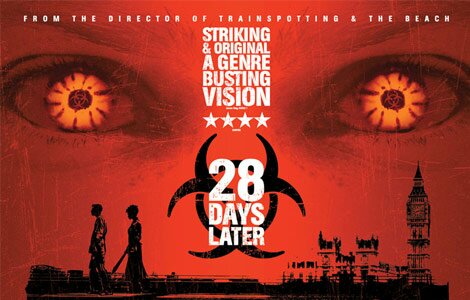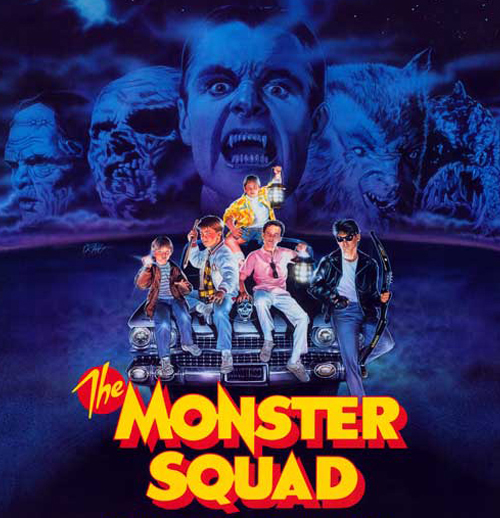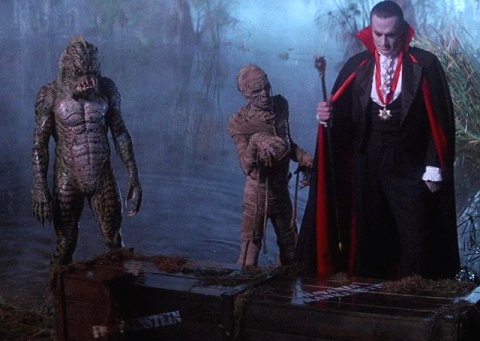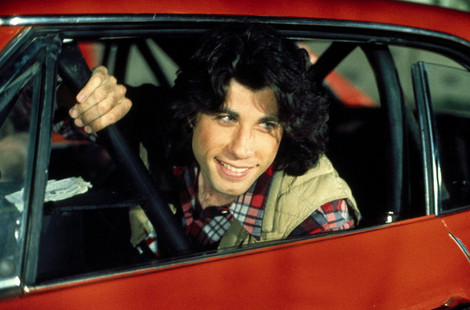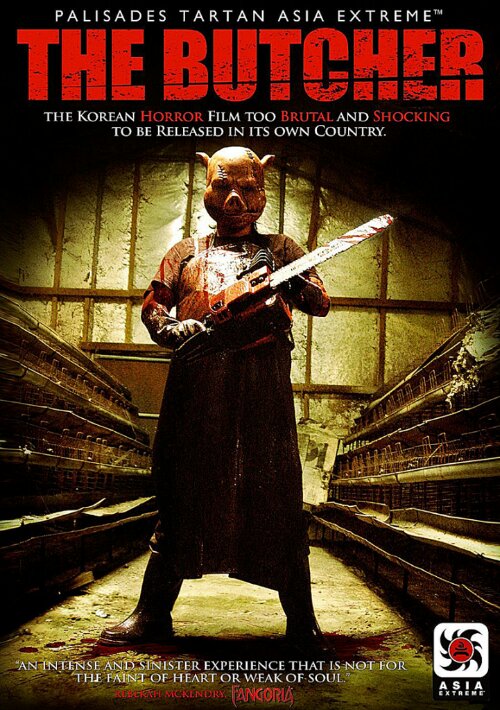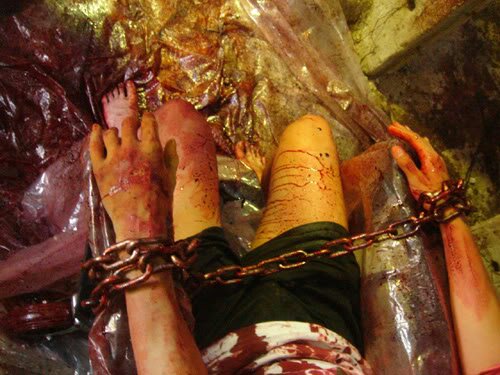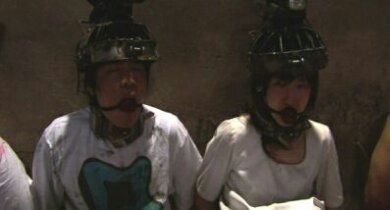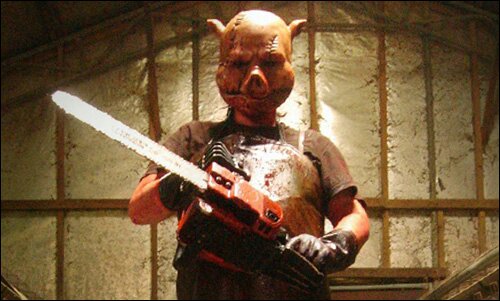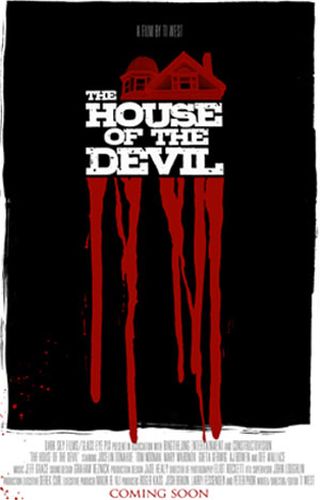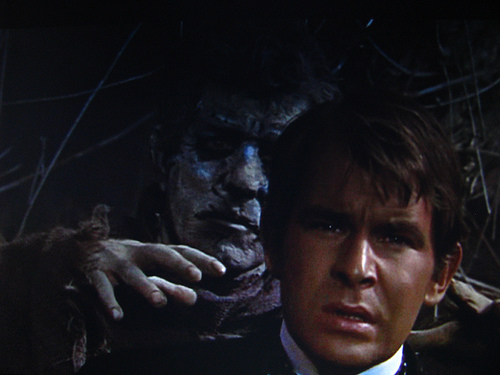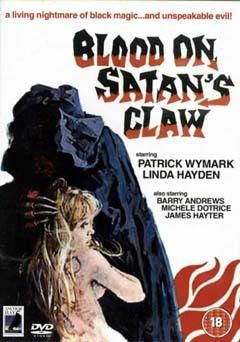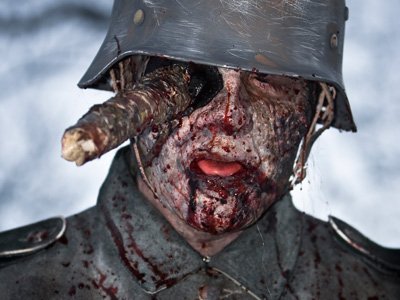In 2012 director Danny Boyle surprised pretty much everyone with an Olympic opening ceremony that actually proved to be quite watchable, which flew in the face of cynics and pessimists by celebrating the history and culture of the British Isles and lauding the progress we’ve made as a species over the ages. It’s funny how time changes people – it was only ten short years earlier that Boyle, along with script writer Alex Garland, were damning the people of Britain to destruction by our own design, our pursuit of “progress”, when a genetically engineered virus escapes from a lab and subsequently turns most if the population into bloodthirsty, slavering zombie-like creatures.
I say “zombie-like” because these aren’t the living dead but normal, living humans infected with a virus that induces extreme rage, inciting its victims to kill indiscriminately. Of course the hero of the piece, Jim (an impressive career launching turn by Cillian Murphy) is oblivious to all of this having spent the first twenty eight days of the outbreak in a coma. We join Jim as he regains consciousness in a world he no longer recognises and which he struggles to come to terms with.
It’s a notable film for a few reasons. Made on a relatively tiny budget it’s an early example of a film shot entirely on digital cameras (well, almost entirely), it’s shuddering, almost spasmodic quality as the infected swarm the screen a direct result of using these cameras as opposed to standard 35mm film. It’s a great example of a low(er) budget genre film that successfully broke through into the mainstream. Most importantly it caused a stir in (and a revival of) the whole “zombie” genre.
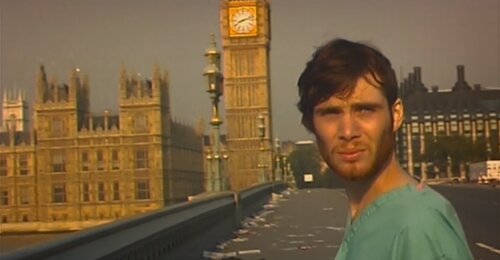
Filming Lomdon as a deserted wasteland involved lots of early mornings and some filmmaking craftiness. The results are extremely effective.
Let’s say you decided to forget, for the moment, that it made international stars out of Cillian Murphy and Naomie Harris, or that it also stars Christopher Eccleston and Brendan Gleason, there’s also the fact that it’s bloody good. Bloody being the operative word.
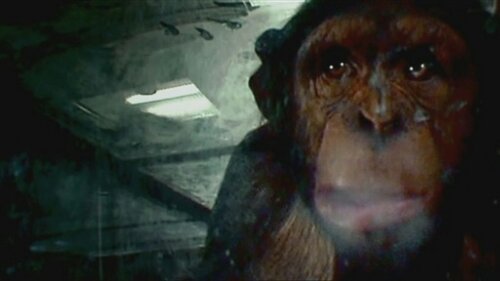
It's all this little fella's fault. Assuming you discount the scientists who infected it with a rage virus!
While Boyle cites Romero’s dead trilogy as inspiration, if you ask me 28 Days Later has more in common with his rough and ready Crazies or even Dr. Jekyll And Mr Hyde, with the danger coming not from some unearthly force but from a simple tapping of our potential as humans. The virus, amplifying our capacity for rage, becomes the tipping point that brings civilisation to its knees. Boyle and Garland seem to revel in mankind’s capacity for destroying itself and throwing its principles out the window at the first opportunity (as evidenced by the animal rights protestor who very quickly decides to beat a crazed chimpanzee to death with bolt cutters when his life’s on the line).
As it turns out, Jim and the handful of survivors he meets on the way offer a glimmer of hope for humanity, but only just. It’s amazing how much people can change in ten years…
